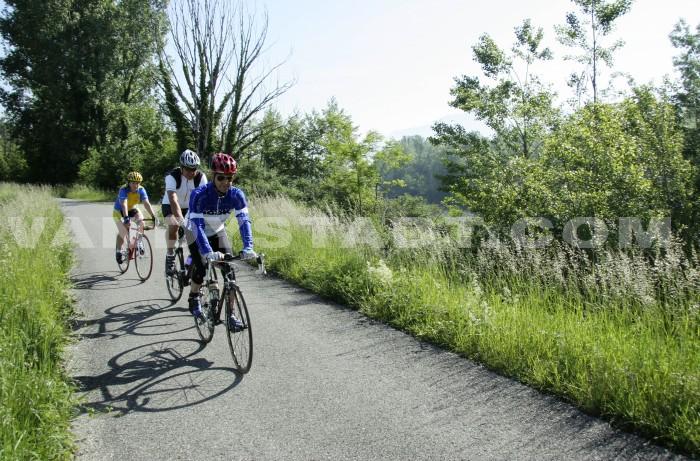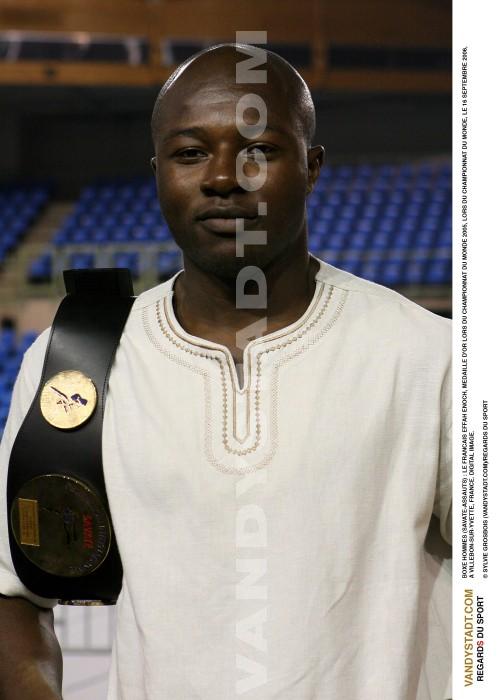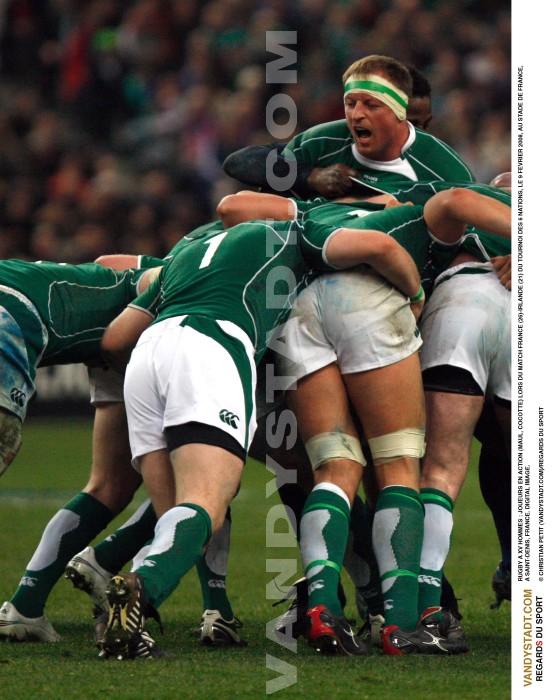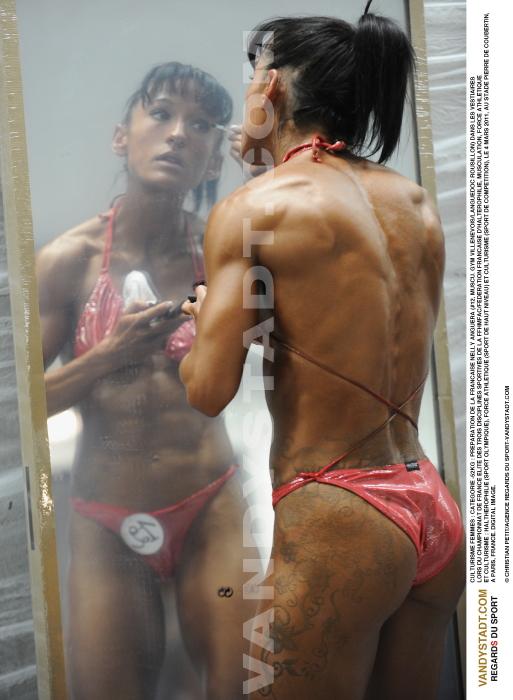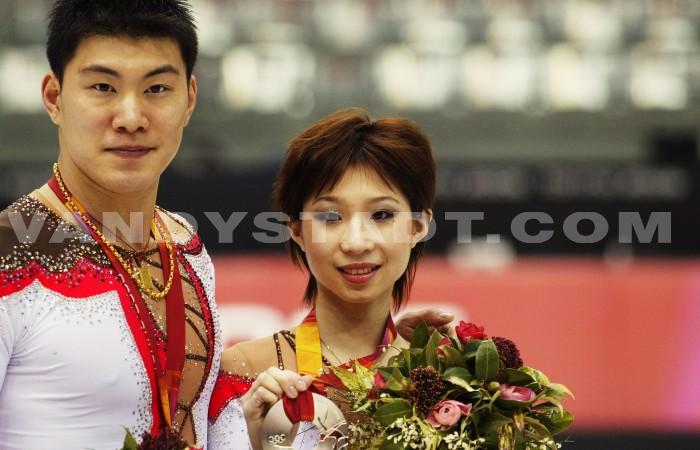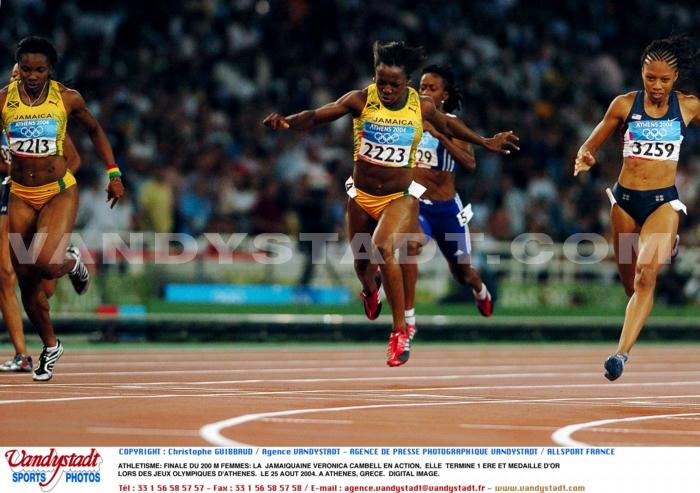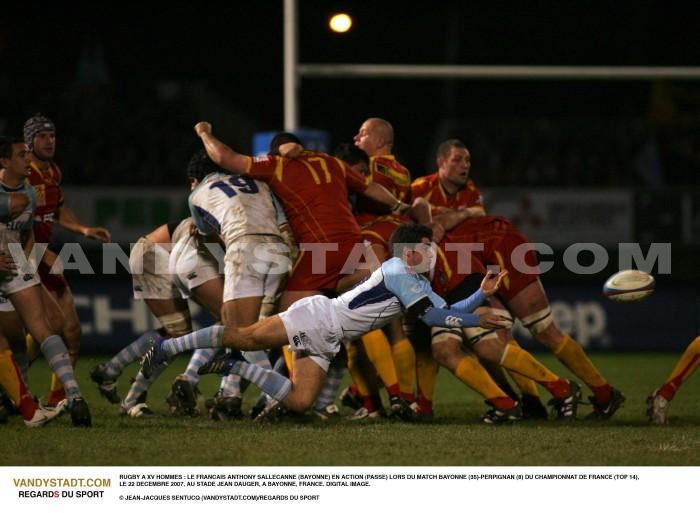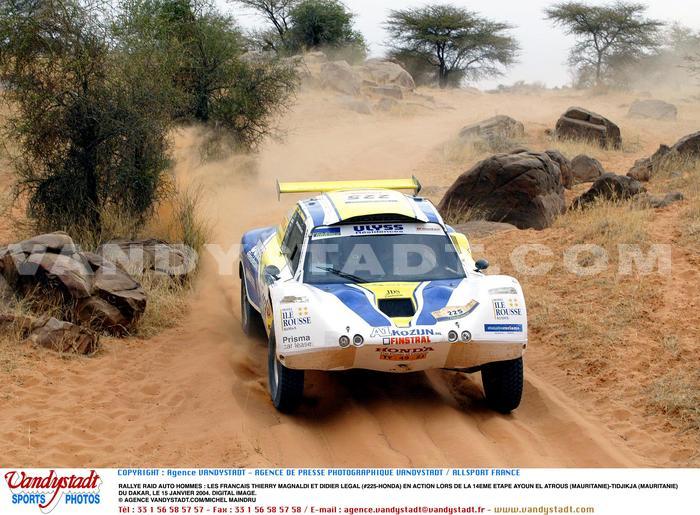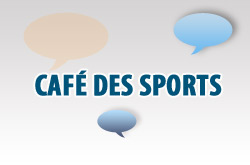Hockey sur gazon - Hockey history
Hockey - Olympic Sports
![]()
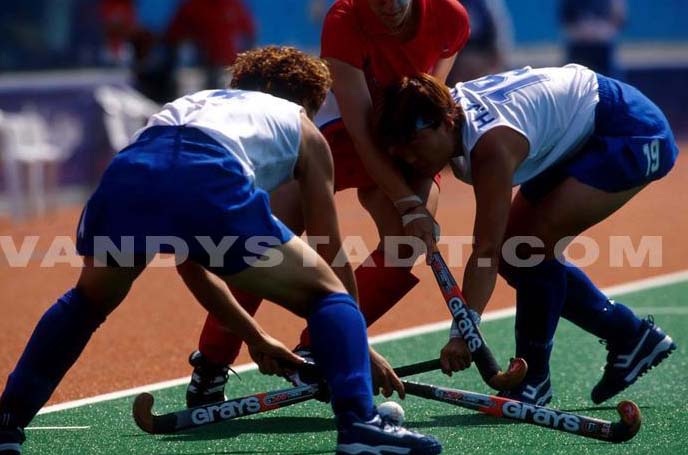
The name 'hockey' comes from the French word 'hocquet' or shepherd's staff or the Dutch word 'Hokke', diminutive of hok (hut) alluding to the cage of the goalkeeper.
History
Hockey is the oldest ball game of lacrosse. As far as we can go back into antiquity, we see our ancestors engaged in different forms and probably most basic, all current games. Hockey is no exception to this rule. We are in the valley of the Nile at Beni Hassan, near Minia, a tomb (dating from before 4000 AD) on the walls of which there are two players making a "bully" (commitment). The windows of cathedrals Gloucester and Canterbury show men playing with sticks in the shape of a hook.
The France had several forms of hockey (the mail, gouret, croquet, hocquet, etc..).
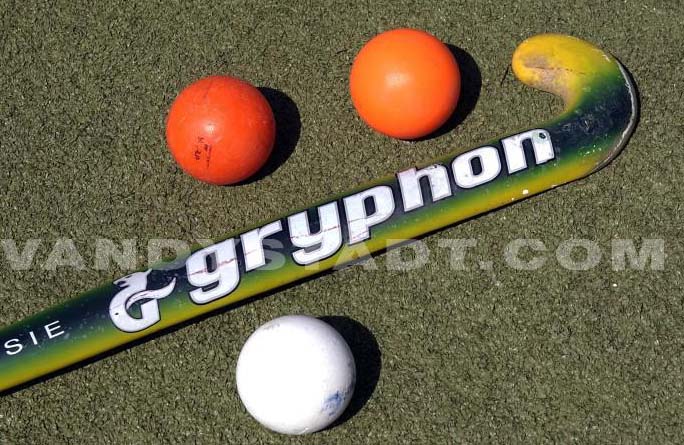
In the fourteenth century, lacrosse and the French game of mail are the best known. In Scotland, shinty (sport gaélique between two teams of twelve players on a field with a length of 150 m) develops, modifies and gives birth to hockey today who returned to France in the late nineteenth century. Introduced in France by Edward Denny, director of the Anglo-Saxon School in the 1890s.
The first hockey club was the 'Blackheath Football and Hockey Club' based in London. Its archives back to 1861. At first they played both sides of the arch, it was made of oak and curved steam.
The Amateur Hockey Association was founded in 1886 to spread Londres.Le hockey in the British Empire (including India and Pakistan after) through the soldiers and British workers.
It is the national sport in India and Pakistan.
The International Hockey Federation was created in 1924 in Paris on the initiative of French Léautey Paul (who became its chairman), with the first members: Austria, Belgium, Spain, Hungary, Switzerland, Czechoslovakia and France. It currently has 118 member countries.
In 2005, France has 40 000 followers, 7 000 licensed and 110 Clubs.
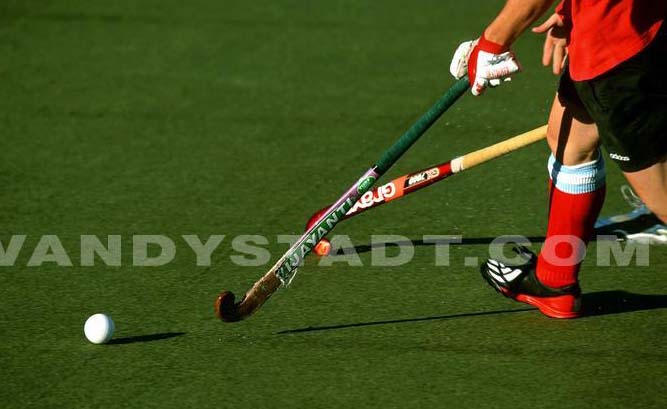
Key Dates
1861 Foundation of the first hockey club in England, Blackheath
1900 First codification of rules.
1908 Hockey became an Olympic sport on the program of the London Games.
1924 The International Federation (FIH) is founded
1927 The International Hockey Federation Women was founded.
1971 First World Cup Men (won by Pakistan).
1974 First World Cup Women (won by the Netherlands).
1975 The rules for men and women have been unified.
1978 First men's Champions Trophy
1987 First Women's Champions Trophy.
Hockey and Olympism
Hockey made its Olympic debut in 1908. Women have participated since 1980.
1972: The last time the team of France men participated in the Olympics.
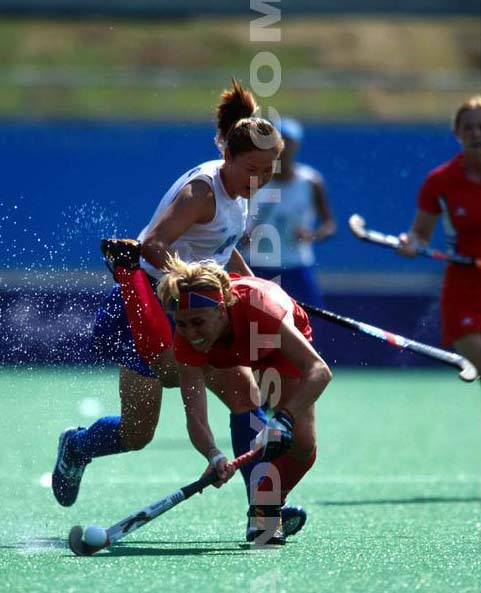
Early history
India dominated the competition for 30 years, winning 6 Olympic titles and 30 straight games between 1928 and 1956.
The center Balbir Singh , triple Olympic champion (1948, 1952 and 1956) scored five goals against the Netherlands in the Olympic final of 1952 (score 6-1). It was the first of three other illustrious players, all bearing the same name: Balbir Singh (Punjab Police), bronze medalist in 1968, Col. Balbir Singh , a bronze medalist in 1968, Balbir Singh , a bronze medalist in 1966 who became later coached the Indian team, who won the World Cup in 1975.
Competition
Two teams of eleven players (and up to 5 alternates) including a goalkeeper compete in two periods of 35 minutes trying to score the most goals at the opponent.
Unlike football, players can enter the field in turn throughout the game and even go out back then.
Land
Since 1976, the official competitions take place on synthetic pitches, which has changed the game
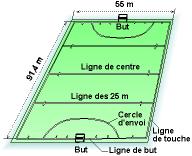
On grass, the paths were sometimes floating, the ball could bounce off the turf. With the synthetic trajectories are accurate, stops the ball with the butt of easy to change the tactics of the game

Lacrosse
The stick can contain wood (or other material) excluding the metal. Its total weight not exceeding 794 g, or less than 340 g. The length varies depending on the size of the player. The stick must pass through a ring of 51 mm inner diameter.
The ball
Originally, it was leather. Now it is hard plastic with a dimpled surface.

The weight of this ball will not exceed 163 g or less than 156 g.
Its circumference is between 224 mm and 235 mm.
The dress and equipment of players
It consists of a jersey, shorts (a skirt for women), shoes with soft cleats, shin guards and mouthguards.
The following equipment is recommended for goalkeepers: breastplate, leggings, protects elbows, shoes, helmet, gloves, shorts strengthened. Wearing a helmet with facial protection is mandatory.
On the one hand he holds the stock and the other a blocker (glove with high density foam).
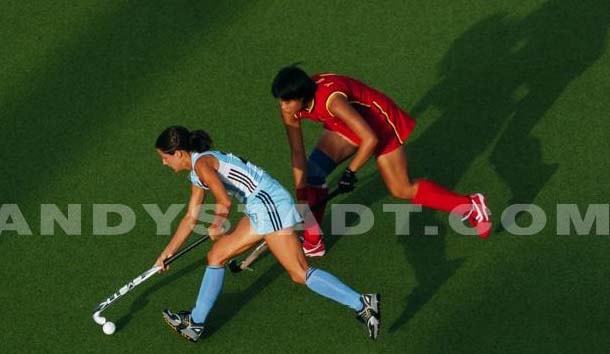
Rules
1. A meeting is disputed by two teams, composed of sixteen players, only align each not more than eleven players at a time including a goalie mandatory.
2. Each team is allowed to make substitutions from up to sixteen players. There is no limit on the number of players a team can be replaced at the same time.
3. An excluded player (yellow or red) can not be replaced during the period of exclusion.
4. A meeting has two periods of 35 minutes each, unless agreed otherwise prior to the meeting.
5. In mid - time the two teams changed sides, the duration of rest shall not exceed 10 minutes, unless agreed otherwise prior to the game.
Some rules
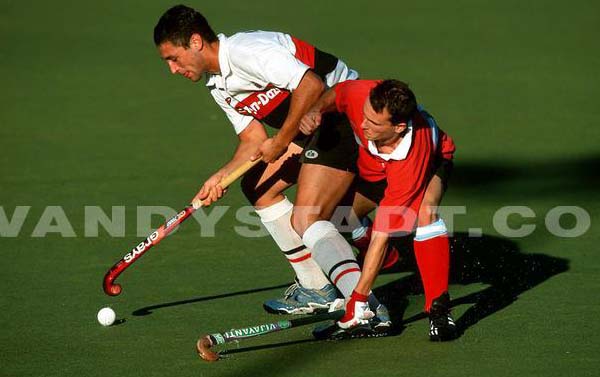
How to play?
1. A player may only play the ball with the flat side of his butt, including the part with the handle being an extension of the flat.
2. A player can not: play ball with the rounded side of his butt, participate or intervene in the game if he did not own stock in hand, or temporarily change the butt to take part in a phase game
Stopping or deflecting the ball on the ground or in the air with any part of his body to his advantage or benefit of his team, hitting, hook, hold or influence the butt of an opponent.
For a goal is scored, the ball must necessarily be affected by a stick and attacking the opponent in the circle.
The involvement (early part)
1. To put the ball in play early in the meeting, to put into play the second half or after a goal has been scored, a pass in any direction, be made from center field.
2. When the pass is completed, any players from the opposing team can not be held to less than 4.55 m of the ball and all players except the one running the pass must be in their camp.
Throw-in (two)
3. In the circle of transmission, no commitment (two) can not play at least 15 m from the baseline.
A hockey ball can reach speeds of 120 mph!
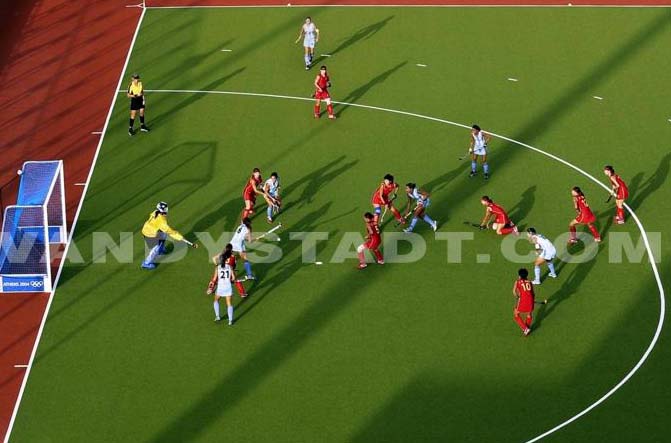
Loved arrested
1. Kick
- Between the lines of 22.9 m, any fault will be penalized by a free kick. The ball will be put back into play where the fault has been committed. The opponents will be more than 4.55 m from the ball.
- 22.9 m within and outside the circle, any unintentional mistake will be punished by a kick. The ball will be put back into play where the fault has been committed.
All defending players must be more than 4.55 m from the ball. Attackers may be within 1 m of the ball unless the kick is at least 4.55 m from the circle of attack.
2. Penalty stroke or penalty
The penalty stroke is a shot given to a point 6.40 m, facing the center of the goal by a player of the attacking team.
All players except the players running the penalty stroke and the defending goalkeeper must stand outside the area of 22 m (23 m in Belgium).
This sanction is given only for:
- Any willful misconduct of counsel in his circle,
- Any unintentional mistake by counsel in his circle, preventing a goal is scored (there can be a penalty for a foul committed outside the circle).
If during a penalty stroke:
- The ball completely over the goal line between posts and under the crossbar, a goal is scored.
- The ball comes to rest in the circle, lodges in some of the equipment custodian is arrested by the guard or goes beyond the limits of the circle, the penalty stroke is completed. The game starts when a free kick given by a defender.
In case of violation of these rules:
- By the goalkeeper, a goal shall be awarded to the attacking team (but technical);
- By the attacker: a free kick will be awarded to the defending team.
Penalties
There are two referees per game. Each referee is responsible for a key.
- Green Card: warning (anti-gambling, willful misconduct light discussion abnormal decisions of the referee)
- Yellow: exclusion of 5 minutes or more
- Red card: permanent exclusion (misconduct or second yellow card)
Floor hockey
It is played with six players in the room. The room is similar to that of handball, with sidebands that return the ball.
Glossary
Hooking: Offense so named because it involves using the body or stick to obstruct or to block against another player to prevent him from hitting the ball or physically interfere with an opponent.
Rear: Player placed the defensive side of the playing field a team, also called "defense".
Striker: Player placed at the offensive end of the playing field, also called "Forward".
Before: Player placed at the offensive end of the playing field, also called "attacker".
Goal actions: Goal scored after a game open and continuous.
Yellow card: Card by the referee which means the suspension of a player for at least 5 minutes of play
Red Card: Carton by which the arbitrator means permanent expulsion of a player.
Green cardboard: Cardboard by what the referee means a warning to a player for a specific act committed.
Circle: Diminutive of "circle of transmission", "goal circle" or "box shot on goal", area D-shaped front of each goal cage in which an attacker must enter to get a goal.
Goal Circle: Area D-shaped in front of goal and where the guardian is authorized to use all parts of his body to stop the ball, also called "circle of transmission", the "circle" or "zone shooting at goal. "
Goal Circle: Area D-shaped front of each goal where an attacker must enter before pulling a goal. Also called "circle" "circle of transmission" or "circle shot on goal.
Stroke penalty corner: free kick awarded to a team of about nine meters goalpost closest to a player passing the ball to a teammate located just outside the goal circle to shoot. Also called "little corner".
Free kick: Opportunity password given to a player for any fault of the opponent outside the circle of fire.
Knock: To strike the ball with the butt and send into the air: Also known as "passes spoon.
Defender: Player placed on the defensive side of the playing field a team, also called "rear".
Half: Player located generally around the middle of a field team, also called "player midfield.
Dribble: To move by controlling the ball with the crosse.
Large corner: Common name of the "throw-in from the corner of the ground,"
Center Line: Line through the game area which
ise in both.
Goal Line: Part of the base line between the goalposts.
Bottom line: Line marking the end of the playing field and with the goal line between the goalposts.
Lateral line: Boundary of a lateral field hockey.
Midfielder: Player located generally around the middle of a field team, also called "half".
Getting involved: method of appointment of game where two players face each hit their butts every turn and all three times on the ground and face to control the ball.
Rear Pass: Pass opening of a player to a teammate behind him, also called "back pass".
Switch to spoon or scoop: The act of pushing the ball with the butt and send into the air.
Pass back: see "going back" or "pass the center.
Penalty: free kick awarded to a player at a distance of 6.40 meters from goal, with only the goalkeeper to stop.
Central Point: Brand in the center of the field of play where the ball is placed at the beginning of halftime or after a goal.
Push or push: Move the ball on the ground with the butt placed against the ball.
Throw-in from the corner of the field: Shooting performed five meters from the corner flag on the touchline after the ball was inadvertently sent beyond the baseline, also known as "big corner.
Hoof: protection worn by the goalkeeper and tied on top and sides of the shoe to allow it to pull the foot into the ball.
Tackkle: Attempt to recover the ball to another player.
Shooting: Ball hit a slender movement of the arch to the ball.
Area shot on goal: Zone D-shaped front of each goal where an attacker must enter before pulling a goal. Also called "circle" "circle of transmission" or "goal circle".
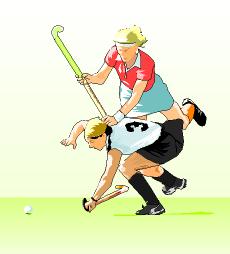
Copyright Sportquick/Promedi








